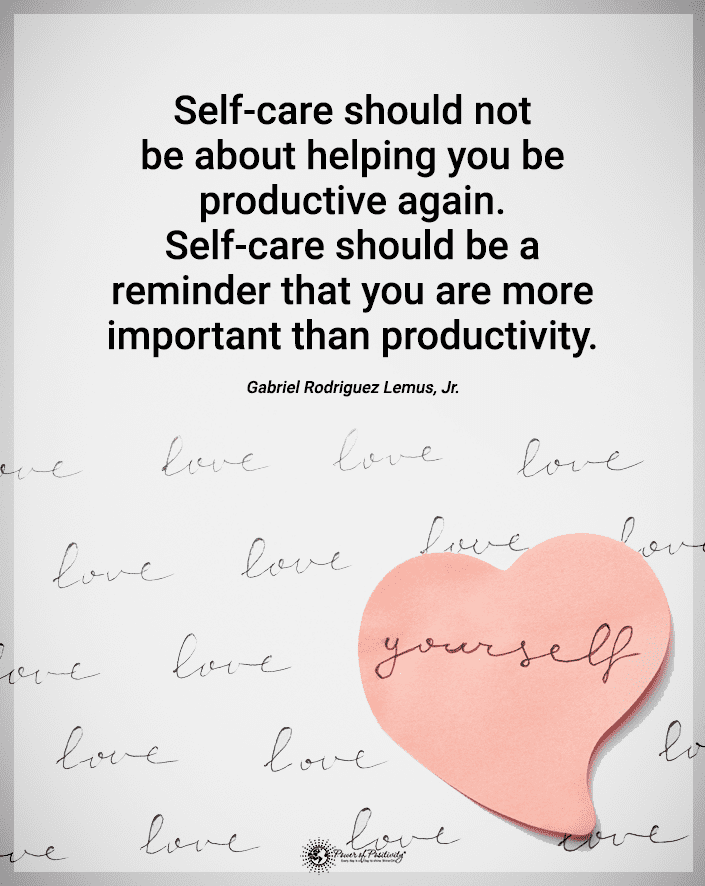Pre-workout habits are routines or practices individuals engage in before exercise to prepare their bodies for physical activity. These habits can include stretching, hydration, and nutrition, among others. Incorporating effective pre-workout strategies is essential for optimizing physical performance during exercise and minimizing the risk of injury.
Proper preparation before exercise is critical for optimal performance. Engaging in pre-workout habits can help increase blood flow to the muscles, improve joint flexibility, and enhance overall endurance. Pre-workout can also help reduce the risk of injury during physical activity by preparing the body for exercise demands.
Therefore, individuals serious about improving their physical performance and achieving their fitness goals must adopt specific pre-workout habits. This article will discuss seven pre-workout habits that can help strengthen your physique and boost your overall exercise performance. It’s important to note that pre-workout habits should suit an individual’s specific needs and fitness goals.
For example, an endurance athlete may require different pre-workout habits than a powerlifter. Additionally, pre-workout habits can vary depending on the type of exercise, intensity level, and time of day. It’s essential to consider these factors when strategizing a pre-workout routine. Incorporating consistent pre-workout habits into your exercise routine can help you obtain better results. You can also improve your overall fitness.
By prioritizing pre-workout habits, you can maximize your physical potential and get the most out of your workouts.
Engage in Pre-Workout Hydration
Pre-workout hydration is one of the most critical habits individuals should engage in before exercising. Proper hydration can help prevent dehydration, which can negatively impact physical performance and lead to fatigue, cramps, and dizziness. In addition, adequate water intake and electrolyte balance are essential for optimal physical performance during exercise.
To stay hydrated before a workout, individuals should drink water throughout the day leading into the exercise session. Eight to ten glasses of water daily is ideal for adequate hydration. Additionally, it’s essential to drink fluids that contain electrolytes, such as sodium, potassium, and magnesium.
These minerals help regulate fluid balance, muscle, and nerve function, which are crucial for optimal physical performance. The amount of water and electrolytes an individual should consume before a workout depends on many factors. Some of these are body weight, the intensity of the exercise, and the temperature and humidity of the environment.
As a general guideline, individuals should consume at least half a liter of water two to three hours before exercise. In addition, an intake should be another seven to ten ounces ten to twenty minutes before exercise. For longer and more intense workouts, consuming a sports drink that contains electrolytes can help replenish lost minerals and fluids.

Balanced Nutrition
Proper nutrition is vital for fueling the body for exercise. Eating a balanced diet including carbohydrates, protein, and healthy fats can help improve physical performance during workouts. Carbohydrates provide the body with energy; Protein helps repair and build muscle tissue. Healthy fats, on the other hand, provide sustained energy and support brain function.
Enjoy a pre-workout meal two to three hours before exercise. Be sure to include complex carbohydrates, lean protein, and healthy fats. A good pre-workout meal can be a turkey sandwich on whole-grain bread with vegetables or a quinoa and vegetable stir-fry with grilled chicken. These meals provide the body with the necessary nutrients to sustain energy during exercise.
For those who don’t have time for a full meal before exercise, a small snack can do the trick. This snack should be rich in carbohydrates and protein and consumed thirty to sixty minutes before the workout. Some examples of pre-workout snacks are a banana with almond spread or Greek yogurt with berries and granola.
The ideal pre-workout meal or snack can vary depending on an individual’s fitness goals and the type of exercise they’ll be performing. Therefore, it’s essential to experiment with different meal and snack options to find what works best for you.
Dynamic Stretching
Dynamic stretching is an effective pre-workout habit that can help improve flexibility, increase blood flow, and reduce the risk of injury. Unlike static stretching, dynamic stretching involves moving the body or holding the stretch position for an extended period. This movement goes through a range of motions to increase flexibility and mobility. Dynamic stretching improves muscle function and performance more effectively than static stretching.
Incorporating dynamic stretches into a pre-workout routine can help prepare the body for exercise and improve physical performance. Dynamic stretches target specific muscle groups or the entire body. For example, walking lunges, high knees, and leg swings are dynamic stretches targeting the lower body. Arm circles, jumping jacks, and torso twists are dynamic stretches that can target the upper body.
It’s important to note that dynamic stretching should use control and proper technique to prevent injury. To perform dynamic stretching, start with slow and controlled movements and gradually increase the intensity and range of motion. Perform these dynamic stretches about five to ten minutes before exercise to help warm the muscles and increase blood flow.
Pre-Workout Mental Preparation
Pre-workout mental preparation is an essential pre-workout habit that can help support physical performance and reduce the risk of injury. Mental preparation for exercise involves getting into the right mindset. This can be achieved by setting attainable milestones, visualizing success, and concentrating on the task.
Visualization is a popular mental preparation technique athletes use to imagine themselves performing at their best. This technique visualizes a successful performance, including movements, sounds, and sensations. This is done to create a mental image of what a successful workout would look like. Visualization can help decrease anxiety and increase confidence, improving physical performance during exercise. Another technique for mental preparation is goal setting.
Setting achievable goals can provide motivation and focus during exercise. Short-term goals, such as completing a set number of reps or running a certain distance, work wonders. Or they can be long-term, such as achieving a specific fitness milestone. Mental preparation should address individual needs and preferences. Some individuals may find that music, positive self-talk, or meditation can also be effective for getting into the right mindset for exercise.

Proper Sleep and Recovery
Proper sleep and recovery are critical pre-workout habits that can help improve physical performance and prevent injury. Sleep is fundamental for the body to recover from daily life’s stresses and repair muscles damaged during exercise. Without enough sleep, the body may not have the energy and resources necessary for optimal physical performance during exercise. Seven to eight hours of nightly sleep will ensure adequate rest before workouts.
It’s also essential to establish a consistent sleep schedule. Avoid caffeine and alcohol before bedtime. That’s because each can disrupt sleep quality. In addition to sleep, recovery is also crucial for physical performance. Recovery can include activities such as stretching, foam rolling, and massage. Rest days are also vital as they allow the body to recover from intense exercise.
Recovery can help reduce muscle soreness, prevent injury, and improve physical performance. It’s important to note that recovery needs can vary depending on individual fitness levels, exercise intensity, and workout frequency. Therefore, listening to your body and adjusting your recovery habits is essential.
Establishing a Pre-Workout Consistent Routine
Establishing a consistent pre-workout routine is an important habit that can help improve physical performance and promote overall health and well-being. A pre-workout routine can help individuals prepare for exercise and establish healthy habits that can lead to long-term success. Some benefits of a pre-workout routine include improved focus and motivation, reduced stress and anxiety, and increased physical performance.
By establishing a consistent routine, individuals can create a sense of structure, which can help reduce anxiety and increase confidence. Creating a pre-workout routine can be as simple as setting aside a few minutes to stretch, hydrate, and mentally prepare for exercise. Some tips for creating and maintaining a pre-workout ritual include setting a consistent workout time and planning by packing a gym bag.
It also helps to prepare a pre-workout meal or snack. Also, try incorporating activities that promote relaxation and mental focus, such as meditation or deep breathing exercises. Creating a pre-workout routine takes time and effort. However, consistently practicing healthy habits can optimize their physical performance and help you achieve fitness goals.
Listening to Your Body
Listening to your body is a crucial pre-workout habit that can help prevent injury and promote overall health and well-being. You should strive to understand the physical cues that your body sends you. This signal helps you recognize when to adjust or skip workouts to prevent injury. Some physical cues to be aware of include fatigue, pain, and soreness.
While it’s normal to experience some muscle soreness after exercise, it’s essential to differentiate between soreness and pain that may be a sign of injury. If you’re feeling fatigued or experiencing pain, it may indicate that your body needs rest and recovery. Approach exercise with a mindset of self-care and injury prevention. This mindset acknowledges your body’s needs and will help you adjust your workout routine as necessary.
For example, take a rest day if you’re feeling fatigued or experiencing pain. Listening to your body and practicing self-care can lower the risk of injury and promote overall health and well-being. Prioritize your physical and mental health, and approach exercise to promote, rather than compromise, your well-being.
Final Thoughts on Pre-Workout Habits for Physical Fitness
Healthy pre-workout habits are essential for maximizing exercise benefits and achieving optimal physical performance. From staying hydrated and adequately fueled to warming up and establishing a routine, there are many ways to prepare your body. In addition to physical preparation, it’s essential to prioritize mental readiness and self-care.
Setting achievable goals and practicing visualization techniques can enhance your mental preparedness for exercise and promote overall well-being. Additionally, listening to your body and recognizing when to adjust or skip workouts can help prevent injury and promote long-term health.
In conclusion, adopting healthy pre-workout habits is critical for maximizing exercise benefits and achieving optimal physical performance.
By prioritizing preparation and self-care, you can promote overall health and well-being while achieving your fitness goals. Remember to approach exercise with a mindset of self-care and injury prevention. It is essential to always listen to your body adjust your routine accordingly.



















